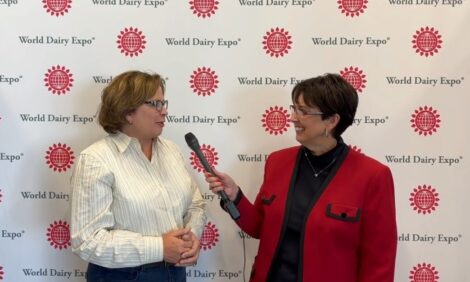



Getting Ready for Expansion Lessons from the Greenfield Project
After 30 years of quota restrictions the dairy industry will be open to new opportunities for milk production as of 2015. Laurence Shalloo, Abigail Ryan and Padraig French evaluated the key factors that will determine farm success in an unhindered, no-quota future.The phasing out of milk quota will create significant opportunities for dairy farmers to expand their production for the first time unhindered since milk quotas were introduced in 1984. However, this policy change combined with reduced levels of market support means that dairy farmers may be exposed to increased milk price volatility in the future; similar to what has been observed throughout the 2007 to 2012 period on Irish dairy farms. The clear potential for expansion of the Irish dairy industry has being recognised in both Irish and International studies (Lips and Rieder 2005; O’Donnell et al. 2008; DAFM, 2011). The Irish dairy industry has set targets for increased dairy output by 50% by 2020 (Food Harvest 2020, DAFM, 2011). For many dairy farmers this expansion is the first real opportunity they have had to grow their business since the introduction of milk quotas. The increased focus on increasing the number of dairy replacement heifers since the announcement of the relaxation and removal of milk quotas will provide the platform for expansion at farm level. The increased milk and livestock output will substantially increase revenues and receipts on farm. However the profitability associated with this increased output will be very much driven by how farmers interact with expansion. For many the decisions taken now and over the next number of years will be the determinants of how successful expansion will be on farm. This paper will evaluate the key factors that will determine the success associated with expansion and will include;
Profitability associated with expansion
Evaluating the key components required to fuel expansion
- Livestock
- Land
- Labour
- Capital
Achieving successful expansion - lessons learnt


Conclusion
The targets for a 50% increase in milk output will deliver substantial increases in net revenue within the Irish dairy industry. The associated increase in profitability will be dependent on how the increase in milk output is managed at farm level. Managing cash flow in the expansion phase will be a key requirement to ensure liquidity while expansion takes place. There has been a dramatic increase in the number of dairy heifer calves born annually over the past 4 years. Once pasture productivity around the milking platform has been optimised, options for increasing the land area should be considered. There will be an increased requirement for labour which should be managed by increasing contractor use and by focusing labour activities on the farm around pasture, cow and calf management. There will be a substantial demand for capital as the farm develops. There is only a certain level of debt that the farm can handle and focus should be placed on the investments that are going to result in increased productivity. All available information should be used in the planning phase for expansion. Don’t underestimate the pressures that will be on the system as cow numbers increase. Learn from others mistakes and do not expand unless there will be an associated increase in profitability, which can only be determined through detailed financial budgeting and planning.
Acknowledgements
The authors would like to acknowledge the three shareholders of the Kilkenny Greenfield project (Glanbia, Phelan family and Agricultural Trust), DAFM, FBD trust, AIB, Adrian VanBysterveldt, James O Loughlin, Michael Long, Tomas Lyng, and the project management team.
References
Dillon P., Ramsbottom G., Donworth J., Kennedy E., and Shalloo L. (2011). Guidelines for contracting and hiring
of labour in a large dairy unit. In Proceedings of the Moorepark Dairy Levy Research Update Wednesday May 4th,
Page 61-80
DEPARTMENT OF AGRICULTURE, FOOD and the Marine (DAFM) 2011. Implementation of Food Harvest 2020
in the Dairy Sector. Dublin, Ireland:
http://www.agriculture.gov.ie/media/migration/farmingsectors/dairy/RoadmapRevised080211.pdf
Lips, M., Reider., P. 2005. Abolition of raw milk quota in the European Union: A CGE analysis at the member
country level. Journal of Agricultural Economics 56 (1), 1-17.
O’Donovan, K. 2008. Labour efficiency on Irish dairy farms. PhD thesis, Submitted, University College Dublin.
Ireland.
O’Donnell, S., Shalloo, L., Butler, A.M. and Horan, B. (2008). A survey analysis of opportunities and limitations
of Irish dairy farmers. Journal of Farm Management Vol. 13 (6): 419-434
December 2012


